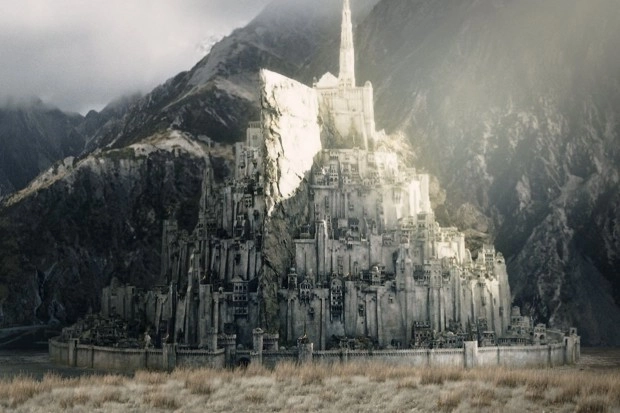
US-based innovators HOZO Design C.O. have launched an Indiegogo campaign for the “first compact digital rolling ruler.” The “ROLLOVA” seeks to replace traditional measuring tapes with a compact gadget that measures curves and lines. The pocket-sized stainless steel body contains a 10000:1 high-contrast ratio OLED screen, displaying measurements of flat surfaces and curved objects.
With a maximum tolerance of +-0.4%, the rolling device is capable of measuring to a distance of 10 meters (32 feet). When measuring distances between corner to corner, such as window sills, the device’s offset mode adds either the radius or diameter of itself into the measurements, similar to conventional laser measures.






























